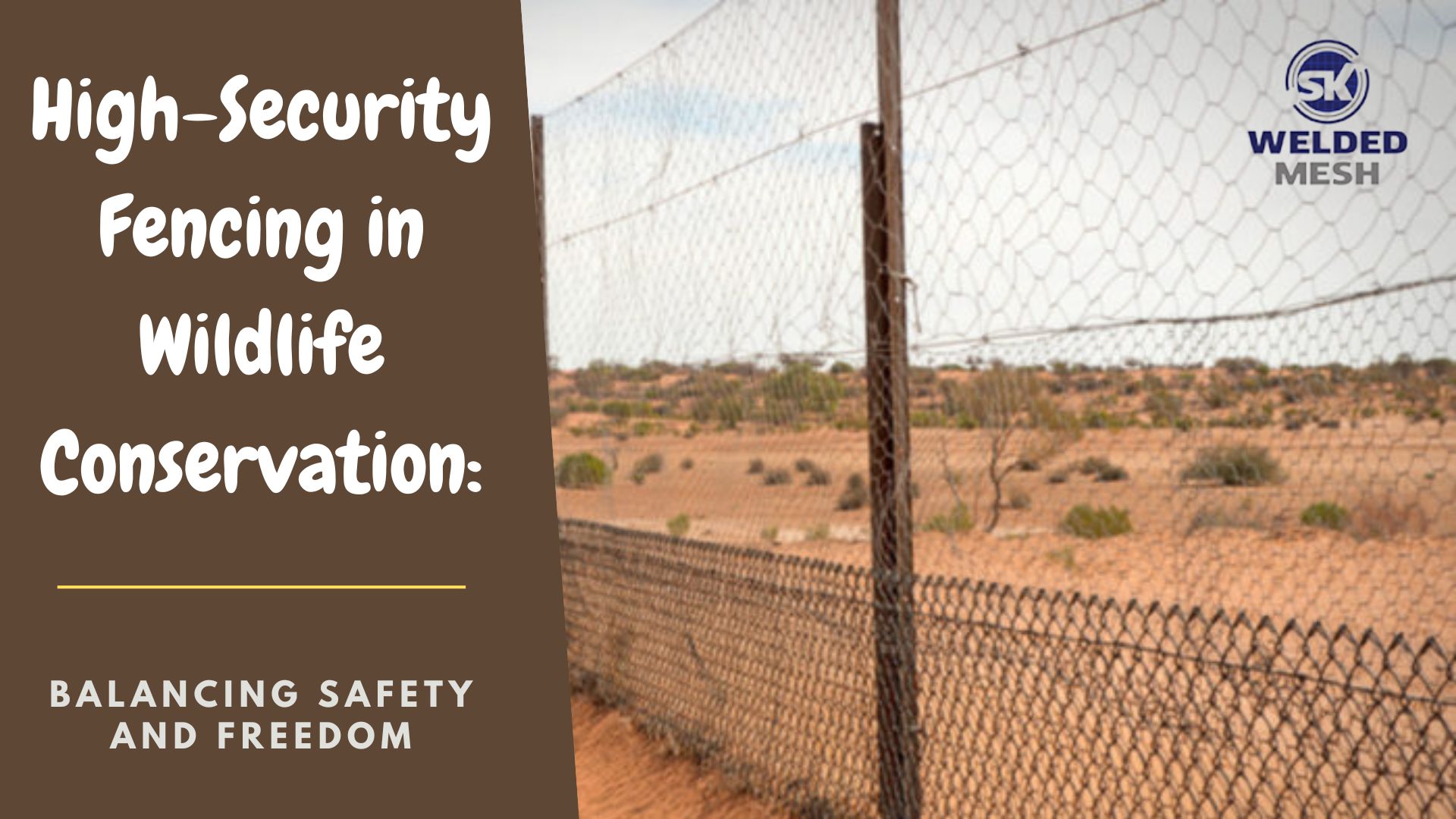

High-security fencing is making a significant impact in wildlife conservation. It helps maintain a delicate equilibrium, providing necessary safety measures for wildlife while allowing them the space to roam freely. This pragmatic approach has become an essential part of today’s conservation strategies, ensuring the protection of wildlife in their natural habitats.
In wildlife conservation, the challenges are multifaceted and complex. Among the most prominent of these challenges is striking a balance between shielding wildlife from myriad threats and providing them with the freedom that’s essential for their natural growth and development. Herein lies the importance of high-security Fencing, a solution that offers robust protection while honoring the wildlife’s inherent need for freedom and unrestricted movement.
By addressing these challenges, high-security fencing plays an indispensable role in wildlife conservation. It encapsulates a unique approach that blends protection and freedom, contributing significantly to the goal of preserving our invaluable wildlife populations.
The design of high-security fencing in wildlife conservation is a delicate balance. It must be robust enough to deter threats but flexible enough to allow wildlife to move freely. Design considerations include height, visibility, and the use of non-harmful materials.
The fences must be high enough to deter intruders yet low enough to allow certain wildlife species to cross if necessary. Visibility is crucial to prevent wildlife from colliding with the fence. Using non-harmful materials ensures that the fence does not pose a threat to the wildlife it’s designed to protect.
High-security fencing not only protects wildlife but also promotes coexistence between wildlife and local communities. By clearly demarcating wildlife territories, these fences can help prevent human-wildlife conflicts, protecting both wildlife and local communities.
Moreover, these fences can facilitate scientific research and wildlife monitoring. They can help researchers track animal movements, understand their behavior, and implement effective conservation strategies.
As we strive for more effective wildlife conservation strategies, high-security fencing will continue to play a crucial role. Future developments may involve integrating technology, such as surveillance systems or animal detection sensors, to enhance the effectiveness of these fences.
High-security fencing is not just about protection; it’s about facilitating a harmonious coexistence between humans and wildlife. It represents a commitment to safeguarding our wildlife while respecting their need for freedom.